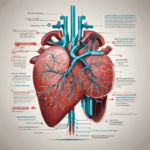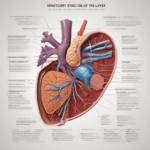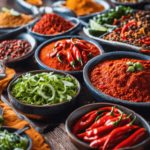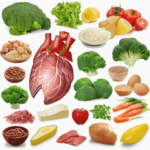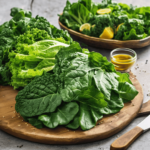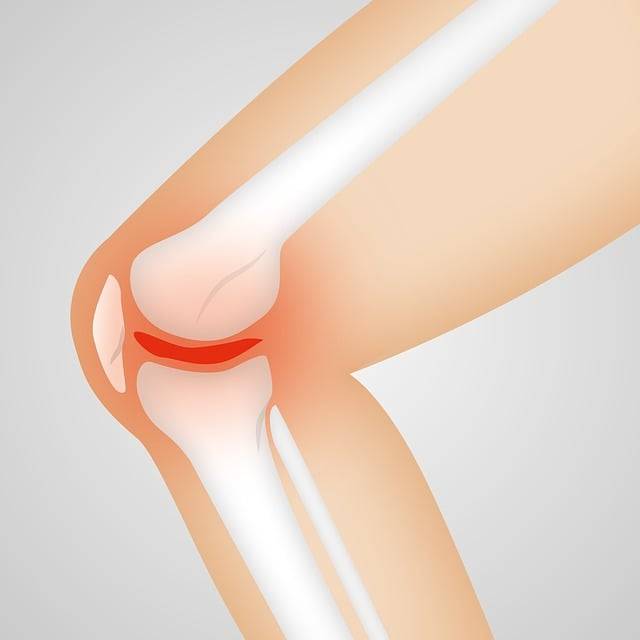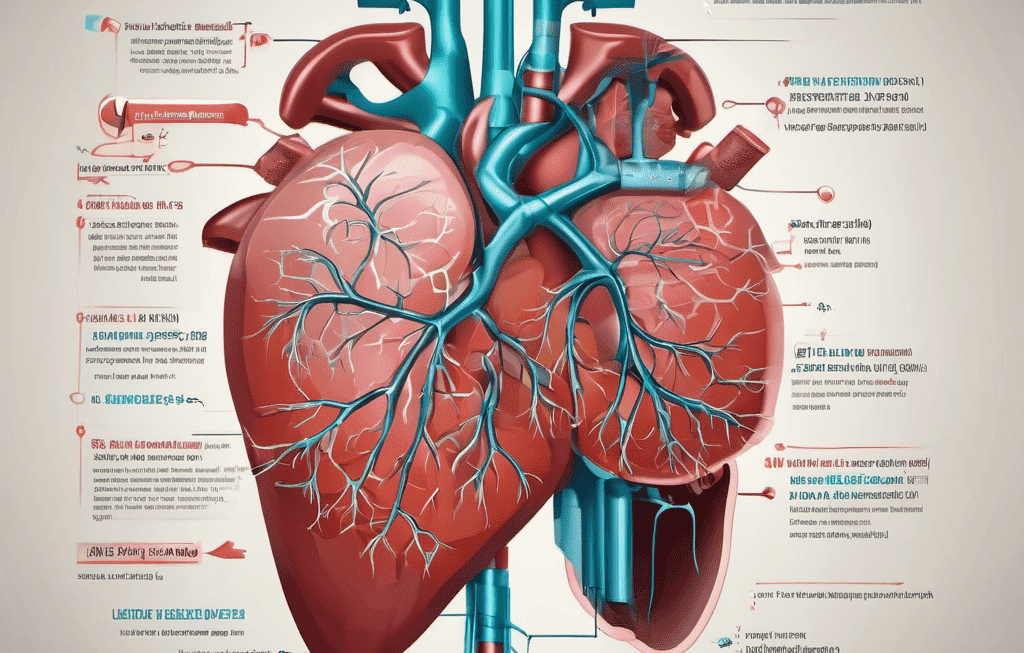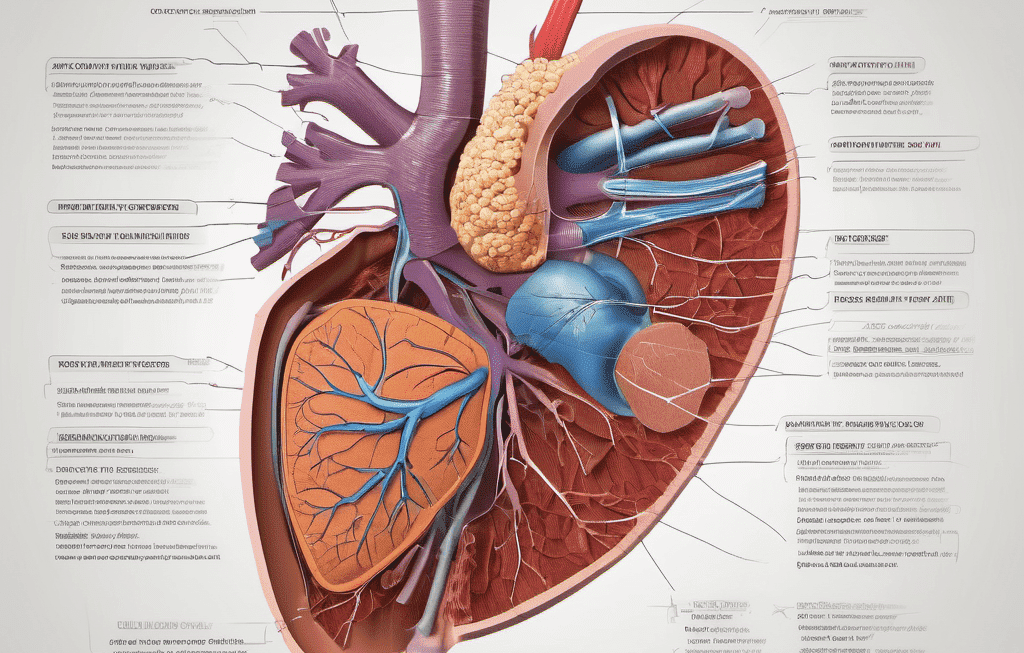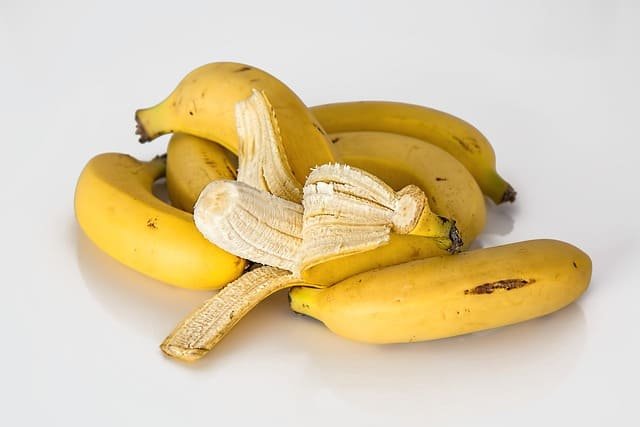Introduction:
Knee pain, a common and often debilitating condition, encompasses a broad spectrum of discomfort ranging from mild discomfort to severe agony, significantly impacting the quality of life for individuals across diverse age groups. This condition can arise from various causes, including injuries, overuse, inflammatory conditions like arthritis, and degenerative changes associated with aging. The knee, being a complex joint that supports body weight and facilitates movement, is susceptible to wear and tear, making it susceptible to pain and discomfort. Symptoms may manifest as localized soreness, swelling, stiffness, or limited range of motion, hindering daily activities and mobility. Diagnosing the specific cause of knee pain requires a comprehensive assessment by healthcare professionals, often involving medical history, physical examinations, and imaging studies. Treatment modalities may range from conservative measures such as rest, physical therapy, and pain management to more invasive interventions like surgery, depending on the underlying cause. Given the prevalence of knee pain and its significant impact on individuals’ lives, understanding its multifaceted nature is crucial for effective management and improving overall musculoskeletal health.
Home Remedies:
Knee pain can be a common issue, and there are several home remedies that may help alleviate discomfort. However, it’s essential to note that these remedies are not a substitute for professional medical advice. If you’re experiencing persistent or severe knee pain, it’s crucial to consult with a healthcare professional for a proper diagnosis and treatment plan. That being said, Here are some home remedies that may offer relief for mild knee pain:
Rice Therapy:
RICE therapy is a comprehensive and widely adopted approach for managing knee pain, particularly when associated with acute injuries, strains, or overuse. Let’s delve into each component of RICE therapy with a specific focus on knee-related conditions:
-
- Rest:
Rest involves minimizing weight-bearing activities and avoiding excessive movement of the affected knee. By allowing the injured tissues to rest, the body can initiate the healing process without additional stress. Resting the knee is crucial in preventing further damage and promoting a faster recovery. - Ice:
The application of ice, or cold therapy, serves to reduce swelling and numb the affected area, providing immediate relief from pain. Ice helps constrict blood vessels, limiting blood flow to the injured tissues and minimizing inflammation. Cold packs or ice wraps should be applied for around 15-20 minutes at a time, allowing the skin to return to normal temperature between sessions. - Compression:
Compression involves wrapping the injured knee with an elastic bandage or compression sleeve. This helps control and reduce swelling by applying pressure to the injured tissues. Proper compression can also provide support to the knee, reducing the risk of further injury. It’s important to ensure that the compression is snug but not too tight to avoid restricting blood flow. - Elevation:
Elevation is the practice of keeping the injured knee elevated above the level of the heart whenever possible. This aids in minimizing swelling by allowing fluids to drain away from the injured area through the lymphatic system. Elevating the knee, especially during rest or sleep, can significantly contribute to the reduction of inflammation and promote a more comfortable healing environment.
- Rest:
Applying RICE therapy promptly after a knee injury can contribute significantly to the initial management and recovery process. However, it’s essential to note that RICE is primarily a first aid measure, and individuals experiencing persistent or severe knee pain should seek professional medical advice for a comprehensive diagnosis and appropriate long-term treatment plan. Additionally, RICE therapy may not be suitable for certain chronic conditions, so consulting with a healthcare professional is crucial for personalized and effective care.
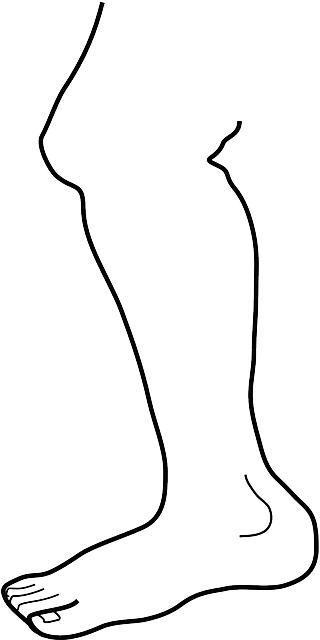
Heat therapy:
Heat therapy is a therapeutic approach commonly employed to alleviate knee pain, especially when related to chronic conditions, stiffness, or muscle tension. Here are some key points and explanations regarding heat therapy with a specific focus on knee pain:
Application of Heat:
Heat can be applied to the affected knee using various methods, including hot packs, warm towels, hot water bottles, or heating pads. The goal is to raise the temperature of the tissues around the knee, promoting blood flow and relaxation of the muscles.
Increased Blood Flow:
One of the primary benefits of heat therapy is its ability to enhance blood circulation. The application of heat causes blood vessels to dilate, increasing blood flow to the knee area. Improved circulation delivers essential nutrients and oxygen to the tissues, facilitating the healing process and reducing stiffness.
Muscle Relaxation:
Heat helps in relaxing tight and tense muscles around the knee joint. This is particularly beneficial for individuals experiencing muscle spasms or stiffness. Relaxed muscles contribute to increased flexibility and improved range of motion, promoting overall joint function.
Pain Relief:
Heat therapy can effectively alleviate knee pain by reducing the sensitivity of pain receptors and easing discomfort. The warmth provides a soothing sensation that can be particularly beneficial for individuals with chronic conditions like osteoarthritis. It is important to note that heat is generally more suitable for chronic conditions rather than acute injuries.
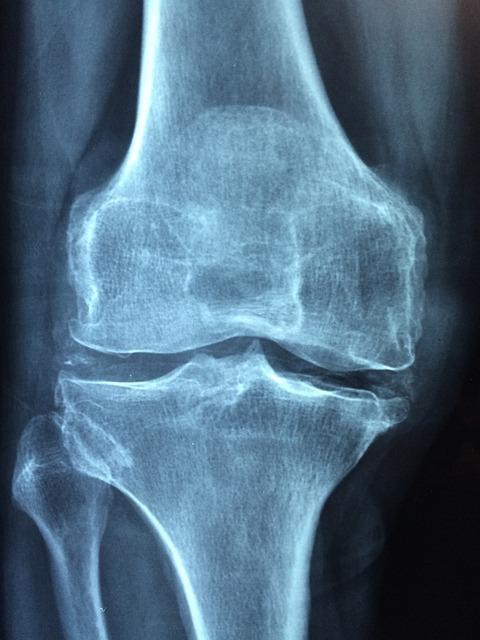
Warm Compresses and Soaks:
Warm compresses or soaking the knee in warm water can be practical ways to apply heat therapy. A warm compress can be made by soaking a cloth in warm water and applying it to the knee, while warm water soaks can be achieved through warm baths or foot baths. These methods are convenient and can be easily incorporated into a home-based pain management routine.
Precautions:
While heat therapy is generally safe, certain precautions should be observed. Individuals with acute injuries, open wounds, or inflammation should avoid using heat, as it may exacerbate swelling. It’s crucial to regulate the temperature to prevent burns, and heat should not be applied for extended periods. Consulting with a healthcare professional before starting heat therapy is advisable, especially for those with pre-existing medical conditions.
Combination with Other Therapies:
Heat therapy can complement other treatment modalities, such as stretching exercises, physical therapy, and medications. Combining heat therapy with a holistic approach can enhance its effectiveness in managing knee pain and improving overall joint function.
In summary, heat therapy serves as a valuable tool in managing knee pain, offering benefits such as increased blood flow, muscle relaxation, and pain relief. However, its appropriateness depends on the underlying cause of the knee pain, and individuals should seek guidance from healthcare professionals for personalized advice on incorporating heat therapy into their pain management routine.
Exercise and Physical Therapy:
Exercise and physical therapy play crucial roles in managing knee pain by promoting strength, flexibility, and overall joint function. Here’s an overview of the importance of exercise and physical therapy for knee pain, along with some key exercises designed to target and support the knee:
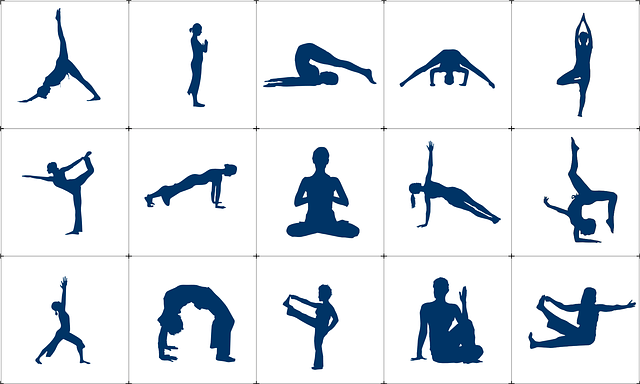
Importance of Exercise and Physical Therapy:
-
- Muscle Strengthening:
Targeted exercises help strengthen the muscles around the knee, providing better support to the joint and reducing stress on it. Strong muscles can also enhance stability and help prevent injuries. - Improved Flexibility:
Stretching exercises are essential for maintaining or improving the flexibility of the muscles and ligaments around the knee. Improved flexibility contributes to better joint mobility and reduces stiffness. - Weight Management:
Maintaining a healthy weight is crucial for managing knee pain, especially in conditions like osteoarthritis. Regular exercise, combined with a balanced diet, can contribute to weight management and reduce the load on the knee joints. - Pain Relief:
Exercise stimulates the release of endorphins, the body’s natural painkillers, providing relief from knee pain. Additionally, physical activity helps improve circulation, delivering essential nutrients to the joint and aiding in the healing process. - Enhanced Joint Function:
Physical therapy focuses on optimizing joint function through targeted exercises and movement patterns. This is particularly important for individuals with chronic knee conditions, such as osteoarthritis or tendonitis.
- Muscle Strengthening:
Recommended Exercises for Knee Pain:
Quadriceps Sets:
Description: Sit or lie down with the legs extended. Tighten the muscles at the front of the thigh, pushing the back of the knee down towards the floor.
Purpose: Strengthens the quadriceps muscles, providing support to the knee joint.
Straight Leg Raises:
Description: Lie on your back and lift one leg straight up, keeping the knee straight. Hold for a few seconds before lowering the leg.
Purpose: Targets the quadriceps and helps improve overall leg strength.
Hamstring Curls:
Description: While standing or lying down, bend one knee, bringing the heel towards the buttocks.
Purpose: Strengthens the hamstrings, balancing muscle development around the knee.
Calf Raises:
Description: Stand on a flat surface and raise both heels off the ground, lifting your body weight onto the balls of your feet.
Purpose: Strengthens the calf muscles, providing support to the entire lower leg.
Heel Slides:
Description: While lying down, slide one heel along the floor, bending the knee and then straightening it.
Purpose: Enhances knee mobility and helps with flexibility.
Mini Squats:
Description: Stand with feet shoulder-width apart and perform partial squats, bending the knees slightly.
Purpose: Strengthens the quadriceps, hamstrings, and glutes while improving overall leg strength.
Step-Ups:
Description: Step up onto a sturdy platform with one leg, then step back down.
Purpose: Builds strength in the quadriceps and improves balance.
It’s crucial to approach exercise and physical therapy for knee pain under the guidance of a healthcare professional or a qualified physical therapist. Individualized programs can address specific needs and ensure that exercises are performed correctly to avoid further injury. As with any exercise regimen, it’s advisable to start gradually and progress based on individual tolerance and comfort. Regular consultation with a healthcare provider is essential for monitoring progress and adjusting the exercise program as needed.
Maintaining a healthy weight:
Maintaining a healthy weight is paramount for managing knee pain, particularly in conditions like osteoarthritis where excess weight can exacerbate joint strain. Excess body weight places increased stress on the knees, potentially accelerating wear and tear. Adopting a well-balanced diet and incorporating exercises that are gentle on the joints can contribute to weight management and alleviate knee discomfort. Low-impact activities such as swimming, cycling, and brisk walking are excellent choices, as they reduce the impact on the knees while promoting cardiovascular fitness. Additionally, strength training exercises focusing on the lower body, like leg lifts, lunges, and leg curls, help build muscle to provide enhanced support to the knee joint. It’s essential to start with exercises suitable for individual fitness levels, gradually increasing intensity to avoid undue strain on the knees, and consulting with a healthcare professional for personalized guidance in weight management and exercise routines tailored to specific knee conditions.
Anti-inflammatory foods:
In managing knee pain, incorporating a diet rich in anti-inflammatory foods can complement other therapeutic approaches. Consuming foods with anti-inflammatory properties helps alleviate pain and reduce inflammation in the joints. Fatty fish such as salmon, rich in omega-3 fatty acids, possess potent anti-inflammatory effects. Turmeric, containing the active compound curcumin, is known for its anti-inflammatory and antioxidant properties. Dark leafy greens like spinach and kale provide essential nutrients that support joint health. Cherries, berries, and citrus fruits offer antioxidants and anti-inflammatory compounds. Additionally, maintaining a diet low in refined sugars and processed foods can help manage inflammation. Complementing this dietary approach, exercises such as water aerobics, gentle yoga, and stationary cycling can aid in improving joint flexibility and reducing knee pain. It’s crucial to tailor both diet and exercise plans to individual needs, seeking guidance from healthcare professionals for a comprehensive and personalized strategy in addressing knee pain.
Massage Therapy:
Massage therapy can be a valuable component in the management of knee pain, offering benefits such as increased blood flow, muscle relaxation, and improved joint flexibility. Gentle, targeted massages around the knee area can help alleviate tension in the muscles, reduce stiffness, and promote a sense of relaxation. Effleurage, a light stroking technique, and petrissage, a kneading motion, are commonly employed during knee massages to enhance circulation and ease muscle tightness. Additionally, friction massage may be applied to address specific areas of inflammation or scar tissue. When coupled with suitable exercises, massage therapy can amplify its effects. Quadriceps sets, straight leg raises, and seated leg presses are excellent exercises that can complement massage by strengthening the muscles around the knee, providing stability, and enhancing overall joint function. As with any therapeutic approach, individuals experiencing knee pain should consult with healthcare professionals to ensure that the chosen exercises and massage techniques are tailored to their specific condition and needs.
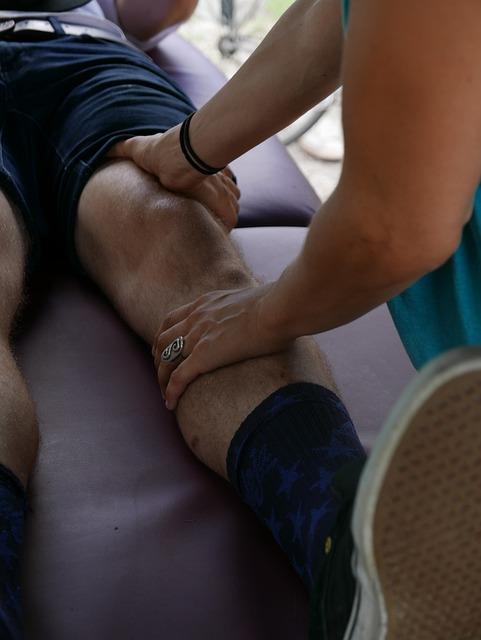
Disclaimer !
Remember, these home remedies are general suggestions and may not be suitable for everyone. It’s crucial to consult with a healthcare professional to determine the underlying cause of knee pain and receive appropriate treatment. If the pain persists or worsens, seeking prompt medical advice is essential.
FAQS:
What are some home remedies for knee pain?
There are a variety of home remedies that can help relieve knee pain, including rest, ice, compression, elevation, heat, massage, stretching, and strengthening exercises.
When should I see a doctor for knee pain?
You should see a doctor if your knee pain is severe, does not improve with home treatment, or is accompanied by other symptoms such as swelling, redness, or fever.
What are the best home remedies for knee pain caused by arthritis?
Some of the best home remedies for knee pain caused by arthritis include rest, ice, compression, elevation, heat, and massage. You may also want to consider using an over-the-counter pain reliever or a topical pain cream.
What are some home remedies for knee pain caused by overuse?
Some of the best home remedies for knee pain caused by overuse include rest, ice, compression, elevation, and heat. You may also want to consider using an over-the-counter pain reliever or a topical pain cream.
What are some home remedies for knee pain caused by an injury?
Some of the best home remedies for knee pain caused by an injury include rest, ice, compression, elevation, and heat. You may also want to consider using an over-the-counter pain reliever or a topical pain cream.
What is the RICE method for knee pain?
The RICE method is a mnemonic device used to remember the four steps of treatment for acute injuries: rest, ice, compression, and elevation.
How long should I apply ice to my knee for pain?
You should apply ice to your knee for 15-20 minutes at a time, several times a day.
How often should I elevate my knee for pain?
You should elevate your knee above the level of your heart as often as possible, especially when you are resting.
What is the best way to massage my knee for pain?
You can massage your knee using a variety of techniques, such as Swedish massage, deep tissue massage, or trigger point release.
What are some good stretching exercises for knee pain?
There are a variety of stretching exercises that can help relieve knee pain, such as quad stretches, hamstring stretches, and calf stretches.
What are some good strengthening exercises for knee pain?
There are a variety of strengthening exercises that can help relieve knee pain, such as squats, lunges, and leg extensions.

